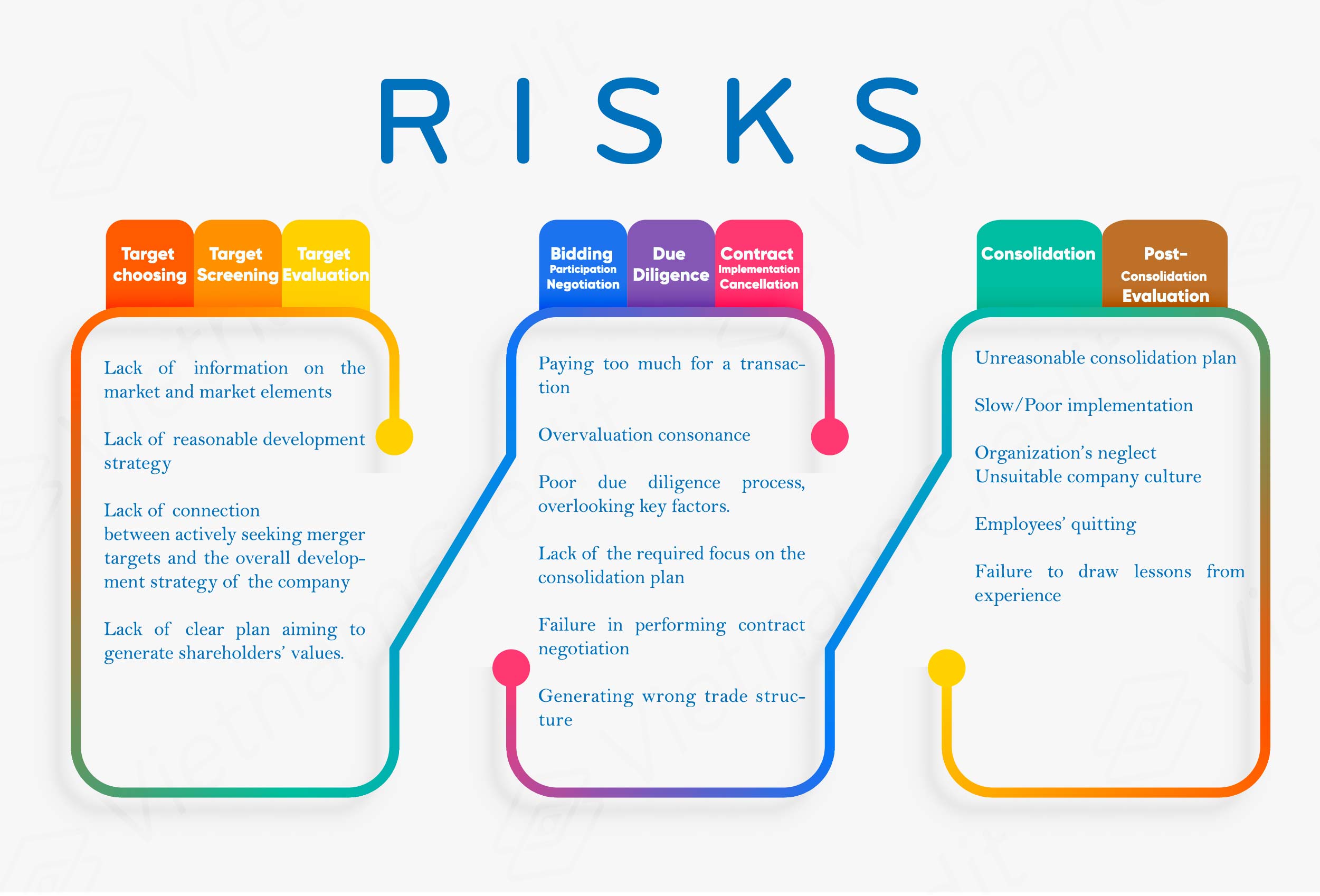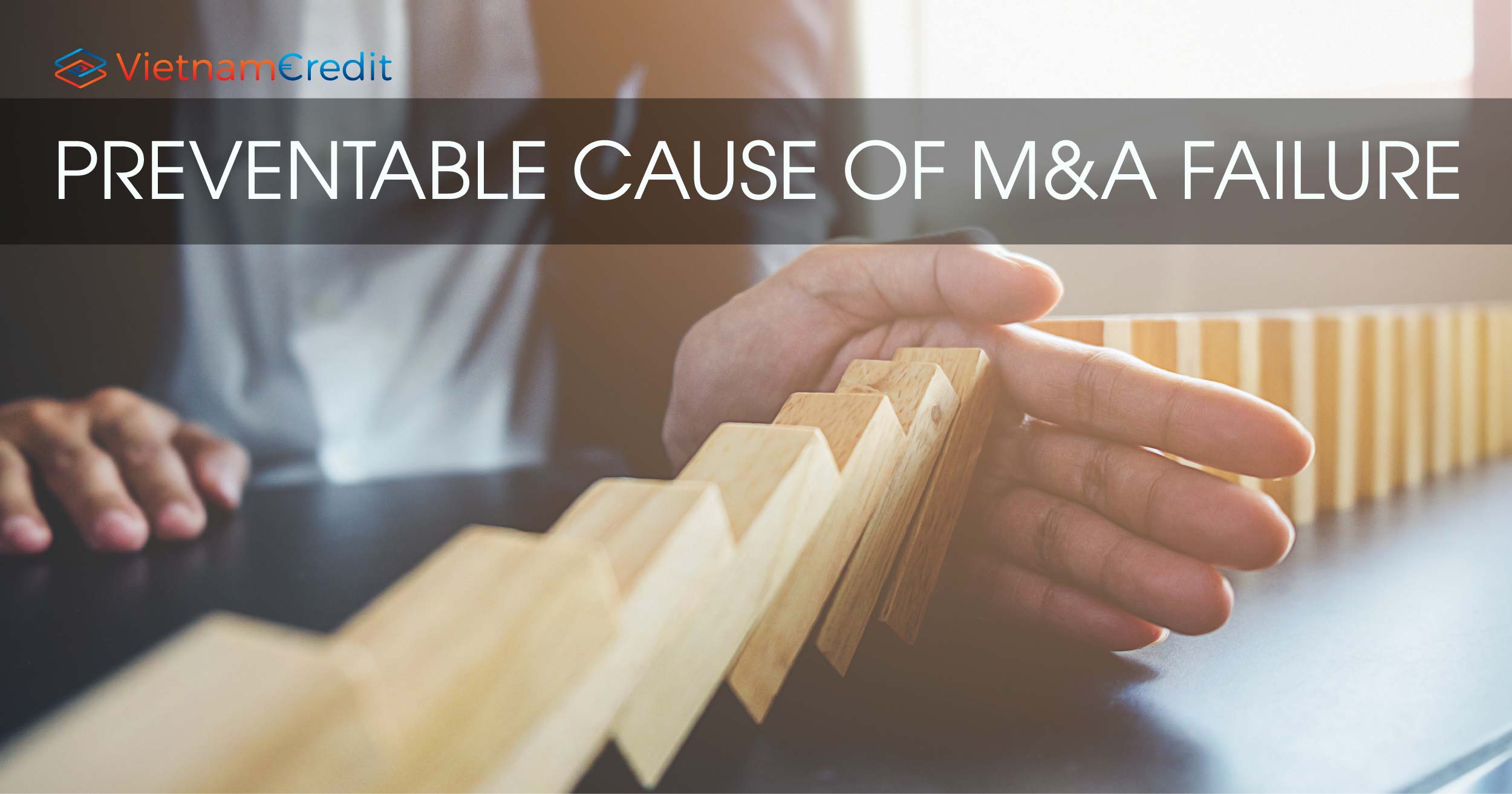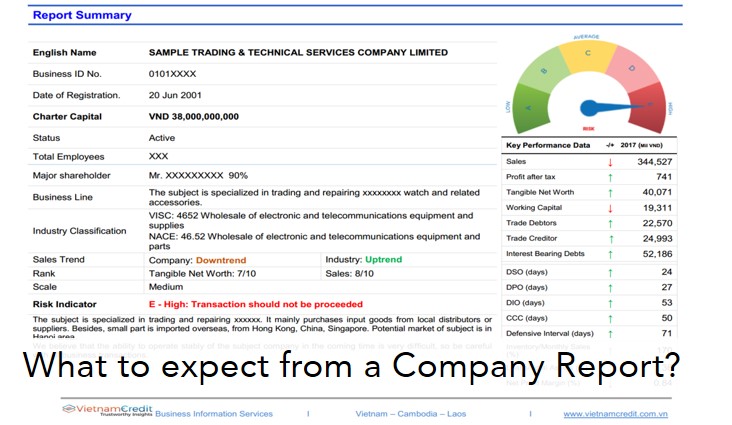In this article we are going to focus on some foreseeable and preventable causes for failure in M&A transaction, thus easing you in addressing them accurately
Failure in M&A deal is the result of poor implementation process. In this article, instead of providing a comprehensive and thorough research with all the reasons leading to a failed deal, we are going to focus on some foreseeable and preventable ones, thus easing you in addressing them accurately. These causes include:
- Narrow due diligence methods
- Reaction to deals
- Incoherent actions
- Inapplicable discoveries
- Focus only on mitigating risks.
Narrow due diligence methods
One of the most dangerous mistake buyers can make is performing due diligence tasks only after having received information on bookings, records, and personnel provided by the seller. This could lead to some serious consequences including: the due diligence group being assembled too late, disassembled too soon, and working incoherently, lacking the necessary contacts to other activities of the deal. Which is worse is that it tend to create a mindset that these narrow periods of time are the only opportunities for members of the M&A group to consider and address then implicit risks.
In reality, risks exist throughout the whole process of the deal. The cause of a poor due diligence process may lie in the development strategy of the company, and even if the due diligence process is performed carefully with a good
due diligence report, failing to apply it effectively in post-merger consolidation would result in their own destruction of their own totally achievable profits. It is notable that “poor due diligence management, overlooking key factors” is only one of the many implicit risks that acquiring companies will have to face. These implicit risks are illustrated as follows:
 Reaction to deals
Reaction to deals
At some levels, the nature of M&A is reactive actions, as buyers have almost no control over seller’s decisions on whether to sell the business or when to sell it. However, this is not an excuse for the lack of a clear plan. Without careful calculation and consideration, it’ll be difficult for companies to seize the opportunity to fulfill their “dream objectives” should they appear on the market.
Participating in a transaction should not be considered a special event in the development strategy of a company if it is still in the first negotiation round. If a company always react to deals as soon as they appear on the market without careful due diligence research, they are likely to fall into the dangerous trap of purchasing companies which are not suitable for their goals and objectives.
Incoherent actions
As mentioned in the article on “Risks in M&A and Due Diligence”, the due diligence group could consist of people recruited on a wide scale, including legal, tax, business development experts, accountants, and business directors – those who provide professional skills in economics, human resource, trade, sales, marketing, etc. The diversity of participating components helps reducing the total time for comprehensive checking of a target company, especially if they can approach the seller’s data digitally.
However, the drawbacks of this include the risk of having incoherent due diligence process, thus overlooking important details. It is obvious for experts to look at a matter through their professional scope, but without their cooperation of different factions of a group, they might not be able to achieve a comprehensive understanding of the matter. In this case, the ability of an expert to focus on a dimension of an issue becomes the reason for his own failure.
Inapplicable discoveries
The potentially most important that a due diligence group need to answer is whether they discover why the potential acquiring company would stop following the transaction. The goal of identifying these hidden “spoilers” is so important that some companies believe that if they can not be found, then all other discoveries support following through with this transaction. Even though the negative guarantee is considered the most exceptionable discoveries of the due diligence group, it also helps confirm that the acquiring company has no other option than to follow through with the transaction. Beside, it would be wasteful to limit the objectives of the due diligence group to finding the answer for this question. Due Diligence is not only a break, but it is also a compass leading the deal towards the desired goals.
Focusing only on risk mitigation
Even if the risk mitigation of the due diligence group is carried out effectively, there is still chance that that transaction is a bad investment.
This may happen because the acquiring costs are much higher than the total profits that the acquiring company might gain from the deal. Thus, risk mitigation is an vital factor in due diligence, but it’s not everything. There are two important goals that the due diligence group should aim for, which are risk mitigation and value creation.
Conclusion
In conclusion, all the factors mentioned above are potential risks which may happen during the creation of a
due diligence report, and as they are preventable, it’d be wise of the group in charge of due diligence to pay attention to them, in order to avoid them and to achieve the best results.
























































